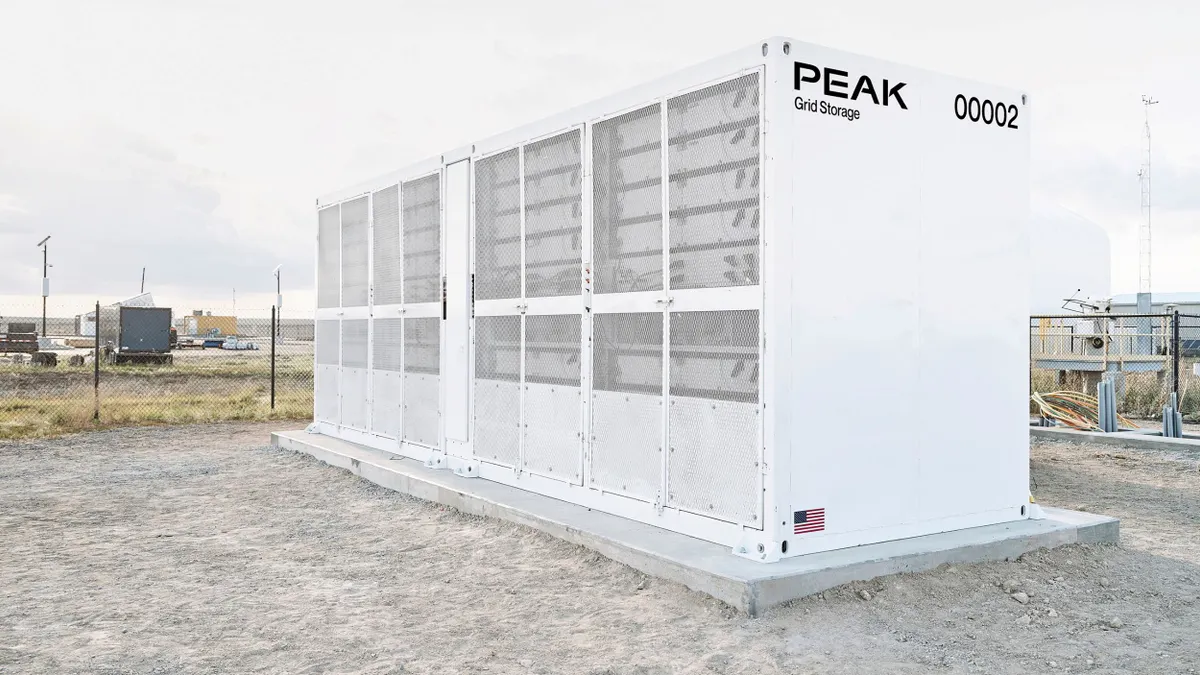Dive Brief:
- The California ISO has floated a plan to allow aggregated distributed resources to bid into grid markets, potentially as soon as early next year, Greentech Media reports.
- Though there are limits on participating resources, including the size and type of facility and sophistication of metering, the proposal could allow distributed resources like rooftop solar and demand response bid into power markets similiar to how conventional generating units do today.
- The ISO's board is set to consider the proposal in July, but would then need approval from FERC before it can move ahead with the plan.
Dive Insight:
California is one of a handful of states — New York and Texas make the list as well — working to quickly integrate distributed energy resource providers (DERPs) into energy markets. But the state is further along than its counterparts, and has put together a plan that would simplify the metering and monitoring process to allow integration of a wider range of distributed resources into grid markets.
“We clearly see distributed energy resources playing a larger and larger role over time as part of the supply mix,” Tom Flynn, ISO infrastructure policy development manager, told Greentech Media.
The ISO's proposal sets out a framework for allowing resources into the market which are aggregated into commitments of at least 0.5 MW. And DERP aggregators will be a scheduling coordinator metered entity, which will avoid "having each sub-resource in a DERP aggregation engaged in a direct metering
arrangement with the ISO," the proposal says.
The ISO is also proposing to allow DER to rely on "data concentration services to interact with the ISO through one point of contact."
Metering has been one of the hurdles to distributed resources participating in ISO markets because the system requires highly accurate — and expensive — monitoring. But the new rules would allow distributed resources to be aggregated via the internet, providing for a broader range of resources to be brought to market with less cost.
Access to ancillary markets, however, will still require resources to allow constant monitoring by the ISO.















